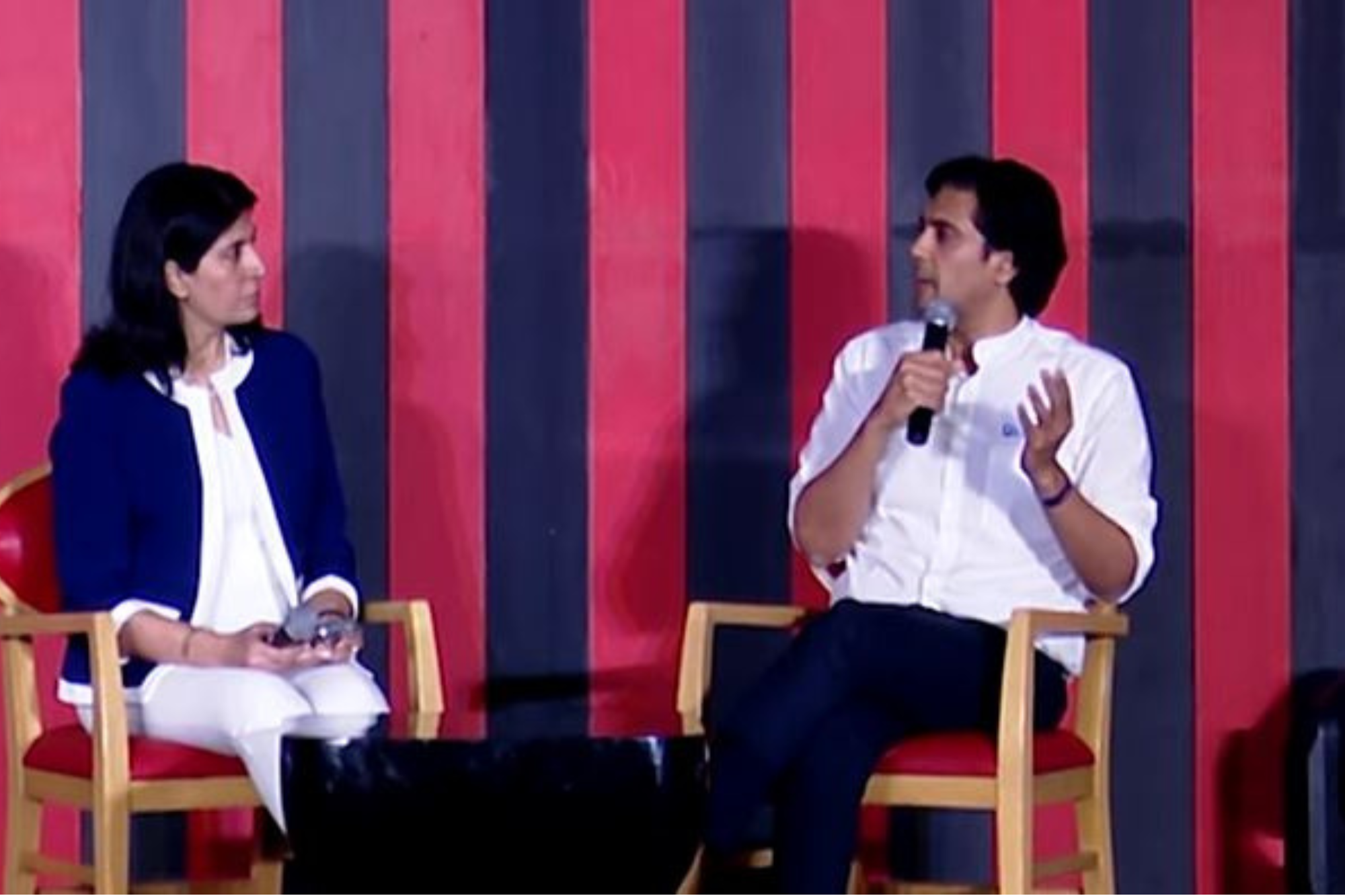5 Industries Using Sound Wave Technology for Frictionless Data Transmission The medium of sound (audio) to transmit data is poised to replace the shortcomings of radio frequency alternatives such as Wi-Fi, beacon, and Bluetooth
By Bhaskar Deo •
Opinions expressed by Entrepreneur contributors are their own.
You're reading Entrepreneur India, an international franchise of Entrepreneur Media.

Many industries have been using sound for decades, such as medical imaging where ultrasound is used to observe internal body organs. The greatest power of sound is that it can travel where light and sight cannot. Oil and gas was the first industry to realize this. They use sound waves in seismic imaging where they make complex 3-dimensional images of the earth's interior for oil and gas exploration. However, the use of sound has mainly remained specific to industrial user cases in the last few decades.
The mobile technology revolution has essentially made smartphones the control centre of our life. This has created a need for more effective and seamless data communication between phone and surrounding. Solutions such as NFC, Bluetooth, and QR codes have tried to solve some of the problems but they are inefficient, expensive or insecure. One of the best solutions poised to meet these new demands is data over sound, also called the audio data technology. Data is transferred between the two devices using sound via the device's existing speaker and microphone, thereby making this process simple and frictionless.
The main reason for the rising popularity of data over sound is that the physical infrastructure required to facilitate ultrasonic data transfer is already available. Every smartphone, voice assistant and IoT device has a processor, speaker, and microphone. One doesn't need a new functionality, or physical upgrades in the existing hardware, to transfer data.
Companies are realizing the important role sound and its ability to transfer data. Here are 5 industries currently using the sound wave technology:
#1. Payments and Finance – Data over sound can create a secure connection between a merchant and customers' phone for authentication. Sound can be used for facilitating secure transactions between phone to phone, PoS to phone or normal speakers playing music in the store to the user's phone. The transaction occurs using data sent over ultrasonic frequencies that are inaudible to the human ear, to establish a connection and to identify the payer and payee.
#2. Travel & Ticketing – Most common online ticketing solutions. A QR code can be scanned only one by one, is inconvenient, slow and needs line of sight. These inefficiencies are even worse at mass transit venues such as airports. Sound ticketing solution is a game changer because there is no need of an additional hardware, line of sight and you can authenticate multiple tickets simultaneously.
#3. Proximity marketing – Right information at right time is the holy grail of marketing. A study by Shopify reported that 70per cent of the consumers increased their likelihood of making a purchase from an in-store visit when they received in-store offers. The speakers in the store can be used to provide promotions, product information or in-store experiences. Most retail locations have pre-installed speakers that play music, the same speakers can be used to send data to the customers' phone without affecting the music. The music can continue as before but now it can also deliver data information and other value-added services to the users' phone without the need of any additional hardware installation.
#4. F&B - Eat and Go: In a competitive service oriented food market, customer journey and a good experience are extremely important. A restaurant can recognize as a customer walks in and give him a seamless experience including automatic eat and go using data over the sound. The customer registers for auto eat and go with a payment or restaurant app. The app receives data from the speakers of the restaurant and authenticates the presence of the customer and completes the transaction.
#5. Submarine communication - The electromagnetic waves cannot be used for underwater communication beyond a few meters due to high permittivity and conductivity of water. Sound can travel much further in water and hence is an ideal candidate for underwater communication for submarines and underwater robotics. The sound is being used for underwater communication between submarines and underwater robots tens to even hundreds' of kilometres apart.
The future of connectivity is predicted to be a combination of technologies orchestrated to fulfil frictionless and ubiquitous connectivity - irrespective of the physical or data-linked layers and sound can play a key role in the greater goal of frictionless connectivity.











